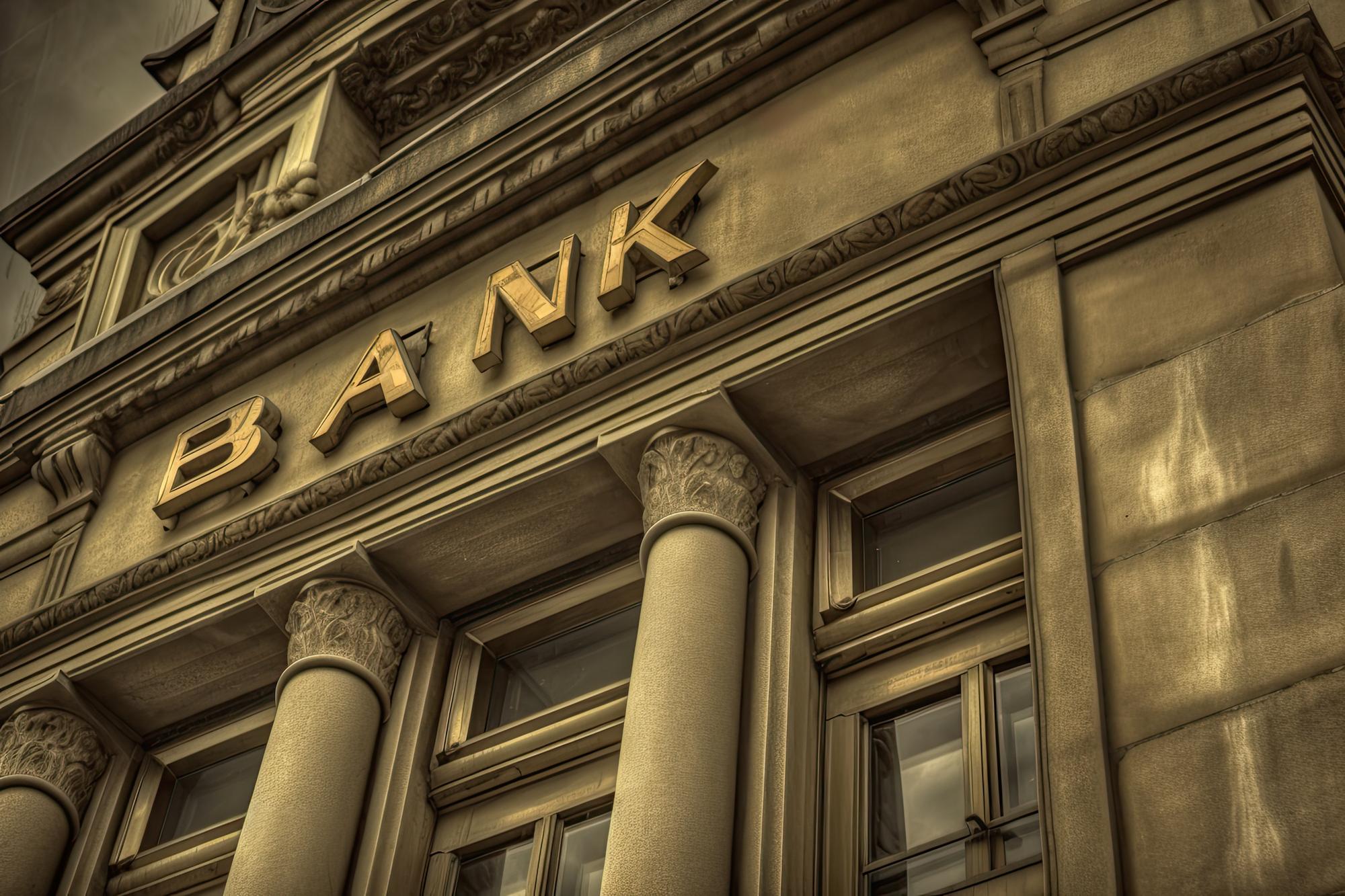Classification of Imported Goods Eligible for Governmental Foreign Currency Allocation
Imported goods that receive government-subsidized foreign currency are categorized into four main groups. Understanding these classifications is crucial for traders and importers seeking to navigate Iran’s import regulations effectively. Below is an overview of these four key categories:
Group 1 – Essential Goods
This group includes all essential commodities designated by the Ministry of Industry, Mine and Trade (MIMT) in Tehran. These goods are allocated foreign currency at the official rate of 4,200 Tomans per Euro, funded through the country’s oil revenue.
Group 2 – Intermediate and Capital Goods
All intermediate materials, capital goods, and approved industrial items fall under this category. According to established regulations, these goods are eligible for foreign currency allocation, which is primarily sourced from the export of petrochemical products, steel, and minerals.
Group 3 – Consumer Goods (Non-Allocated Currency)
This group includes consumer goods for which there is no obligation to purchase foreign currency through the NIMA system. Operationally, these goods are similar to Group 2, but they do not receive government-subsidized currency.
Group 4 – Prohibited Goods
This category includes goods whose importation is legally or religiously prohibited in Iran. As a result, these items are not eligible for any foreign currency allocation.
